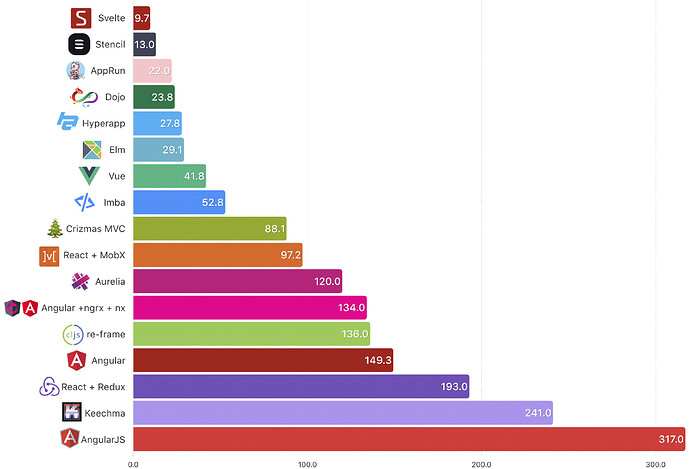The FUD is when folks don’t use the tech, don’t do research on how it could be scaled, don’t try the potential solutions in production, abuse pub/sub, don’t offer viable alternative, and go and claim to everyone else it doesn’t scale, or repeat thoughtlessly what they hear. And please don’t take my statements personally, I am not referring to you specifically, I know you were looking at RedisOplog, looking around and just on the fence, I am speaking in general.
Unless you outsource your infrastructure (Firebase, Serverless, etc), you will need to develop knowledge to be able to handle large scale in any framework, there is a reason why DevOps is a full time job and for Galaxy (Firebase, Serverless and other PaaS) existence, it is to outsource DevOps at certain cost and trade-offs (specially vendor lock-in). Meteor scaling behavior is very well understood (it has been around for 8 years) and there are well known solutions and unique offering at every stage of scale you will reach (if you manage to reach), which you won’t find if you go plain Node (nest or feather js etc.).
NextJS still does SSR for every page (which means server CPU, unless you generate static site), still open socket to the server (to push the components), and has no backend, so really they didn’t solve the scaling issue, they just delegated it and focused on the front end, and only one front-end (React) and with very opinionated offering. That is my issue with NextJS, I really think it is an overhyped, it needs some scrutiny, they somehow managed to convince a lot of folks that they have solved performance and scaling, when they didn’t, but they have safer defaults and delegated/decoupled the back-end, good marketing and another PaaS offering to make money.
I personally think NextJS is good only for blogs and CMS (not even landing pages because React is heavy), although Gatsby is better for those use cases, so I really don’t know what its unique selling point and I personally suspect that its authors don’t know either, that’s why they initially marketed as SSR React framework (SSR was trendy), then static site generator (JAMStack became trendy) and now “hybrid” framework, so perhaps it is called NextJS to refer to the next trend they will surely be after.
Regardless, Meteor is very different tech from NextJS (the opinionated React only front-end framework), and I don’t really think they are comparable, they solve very different things.
